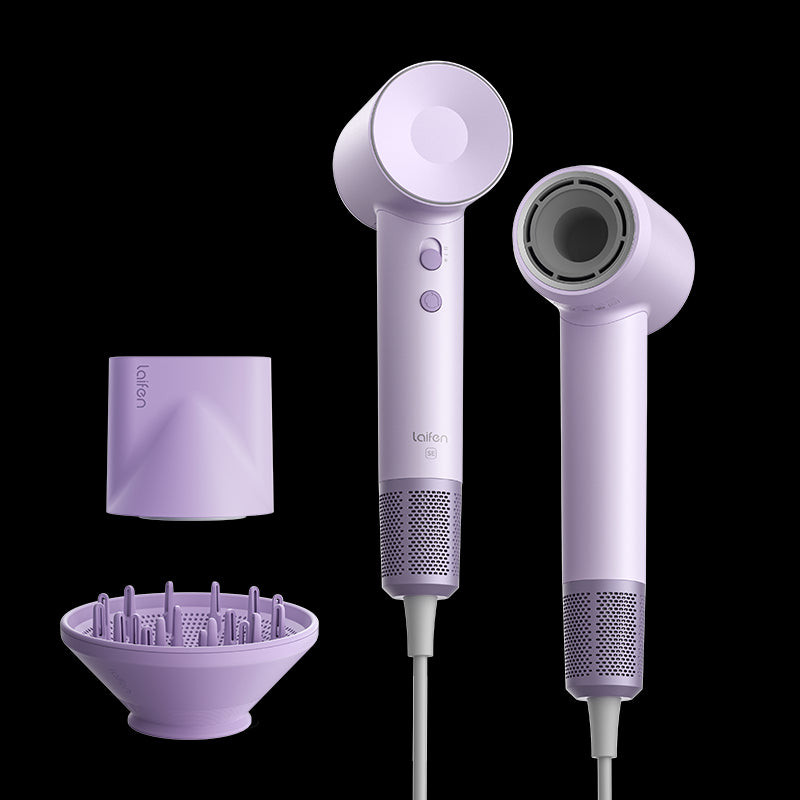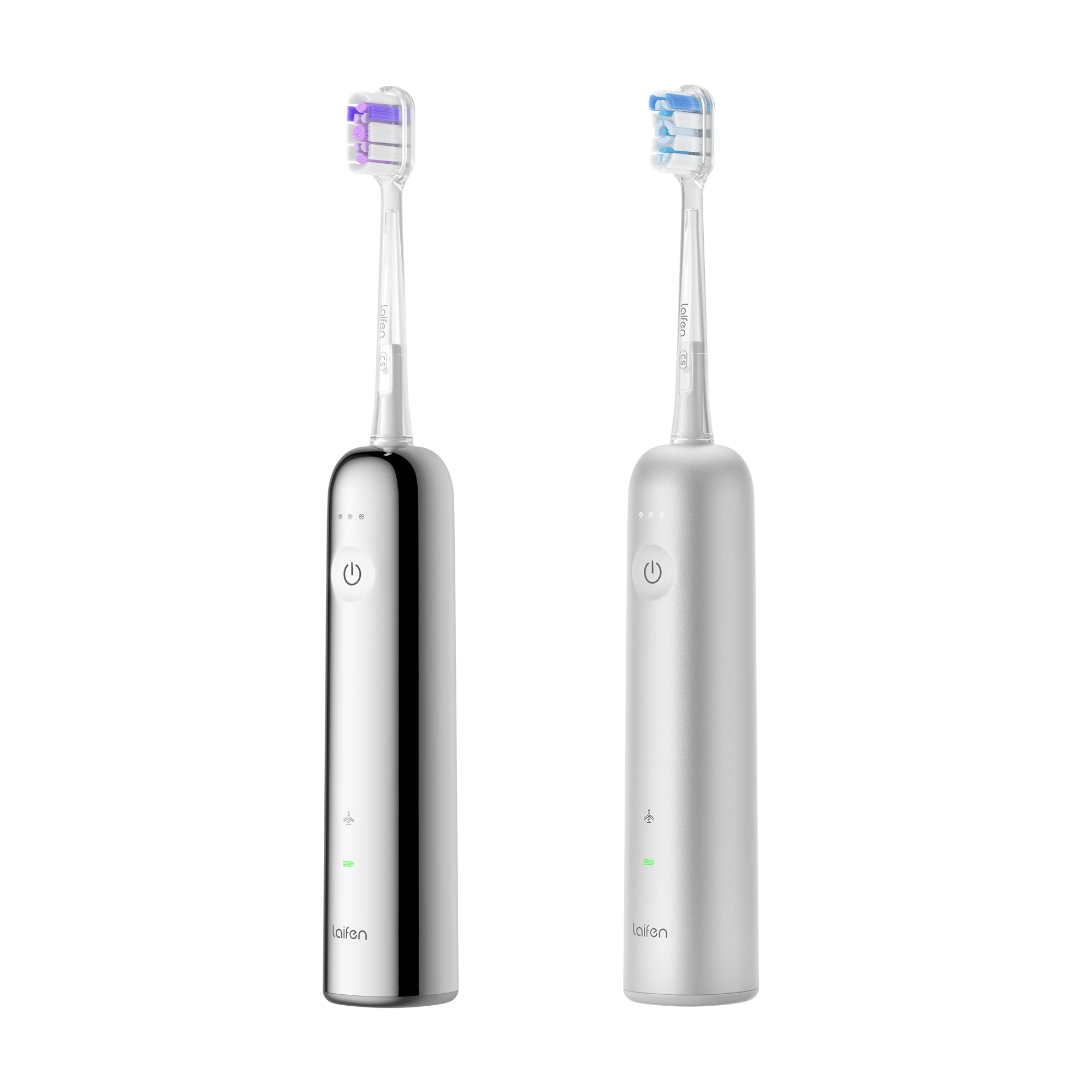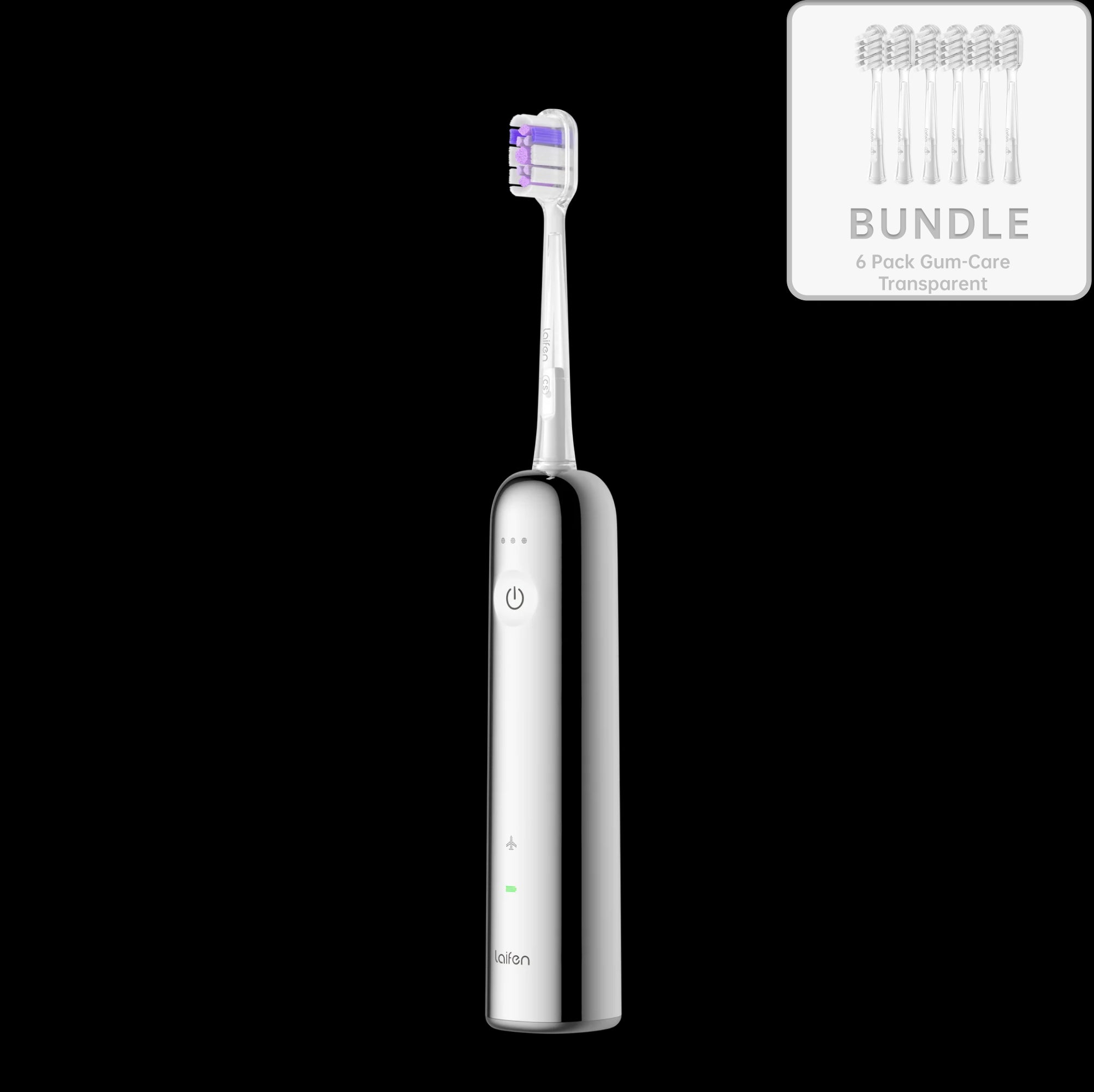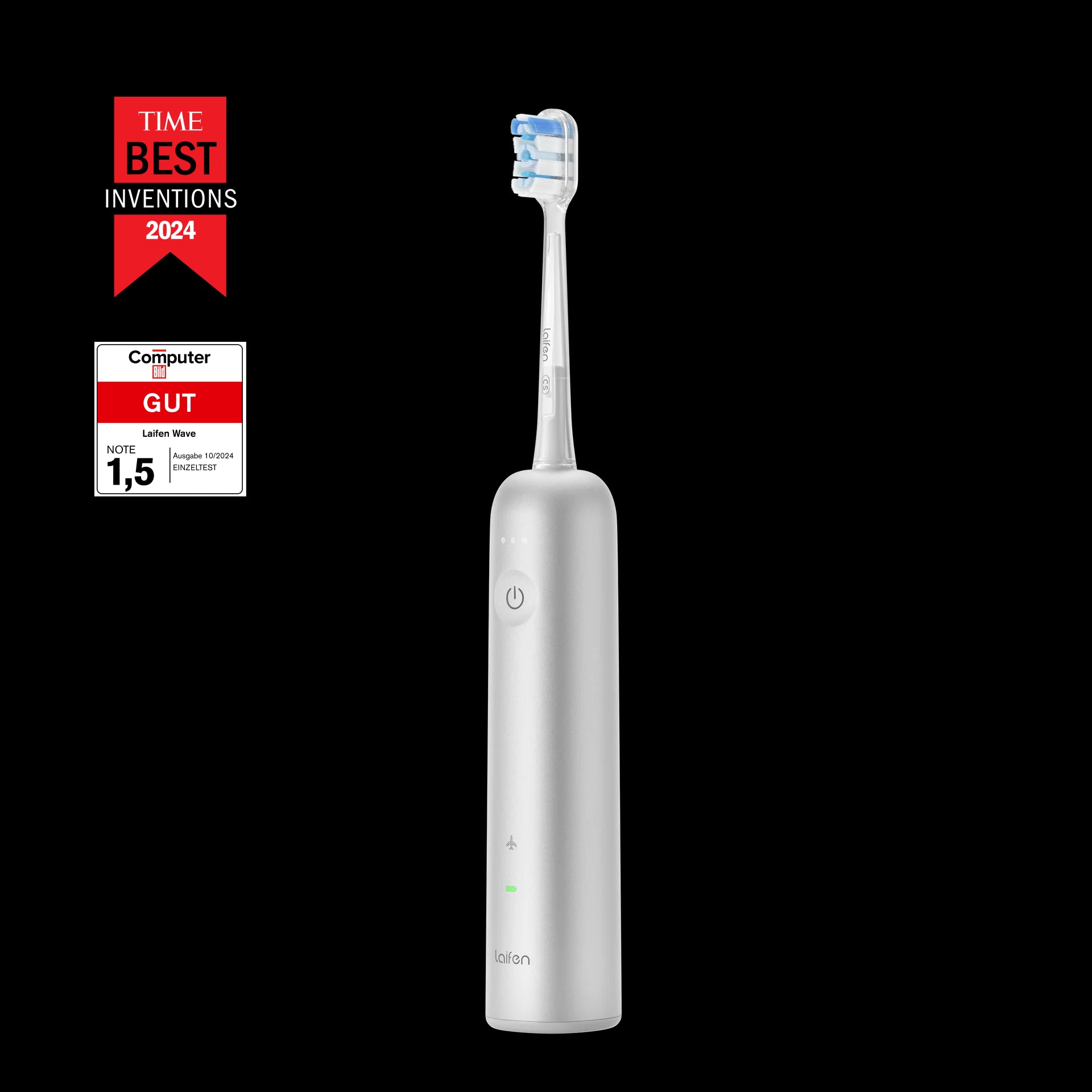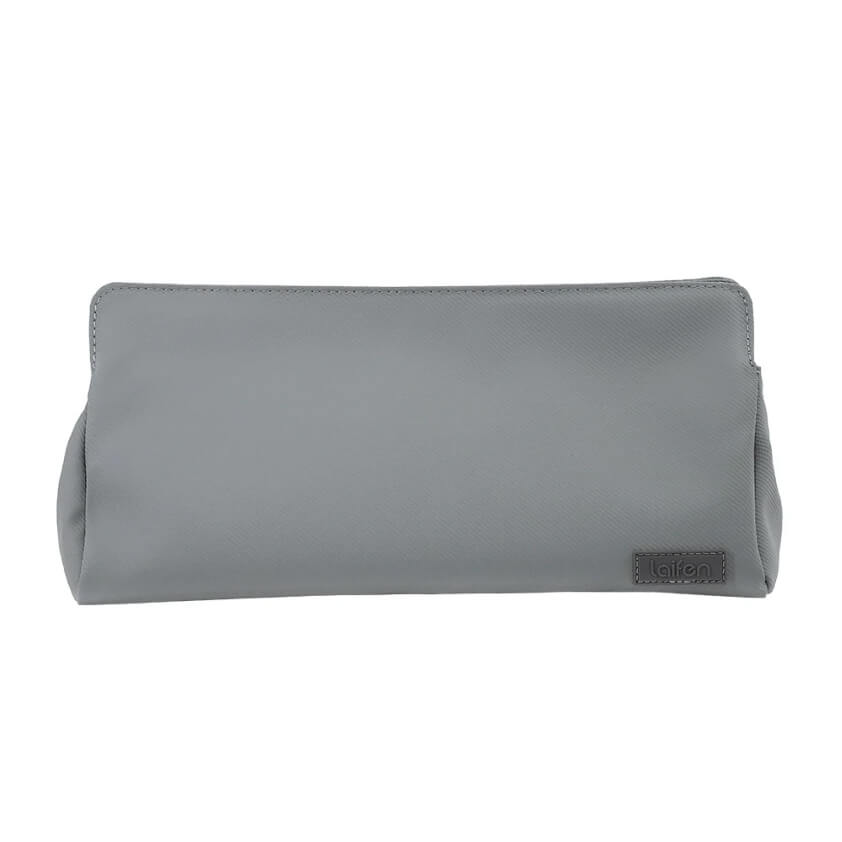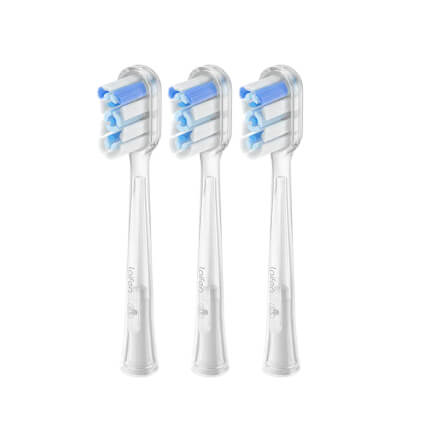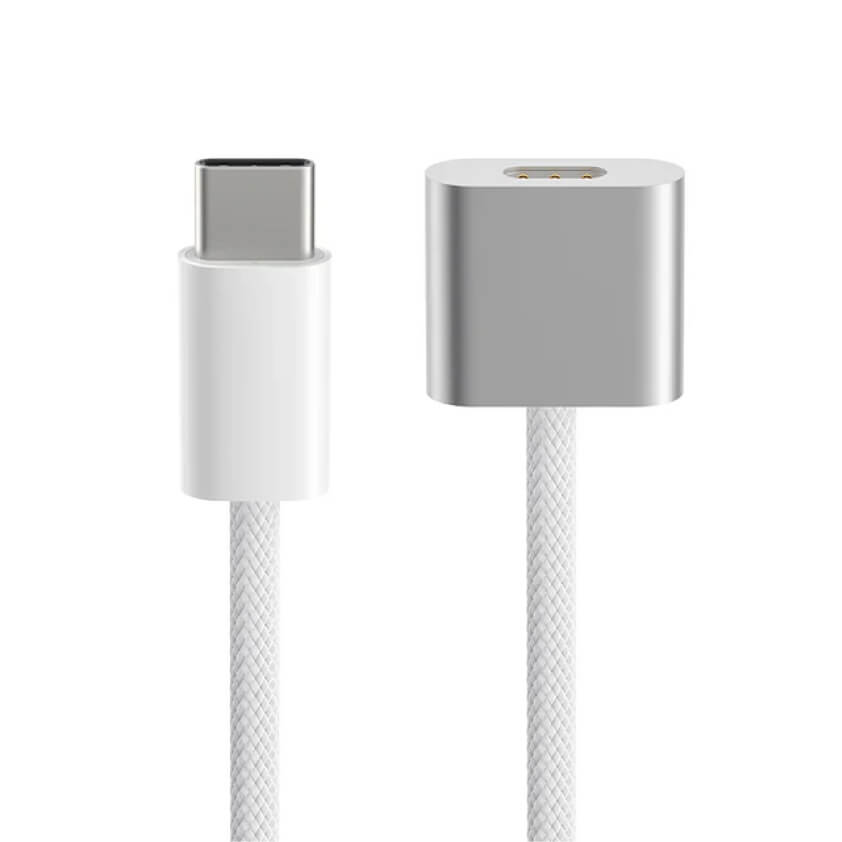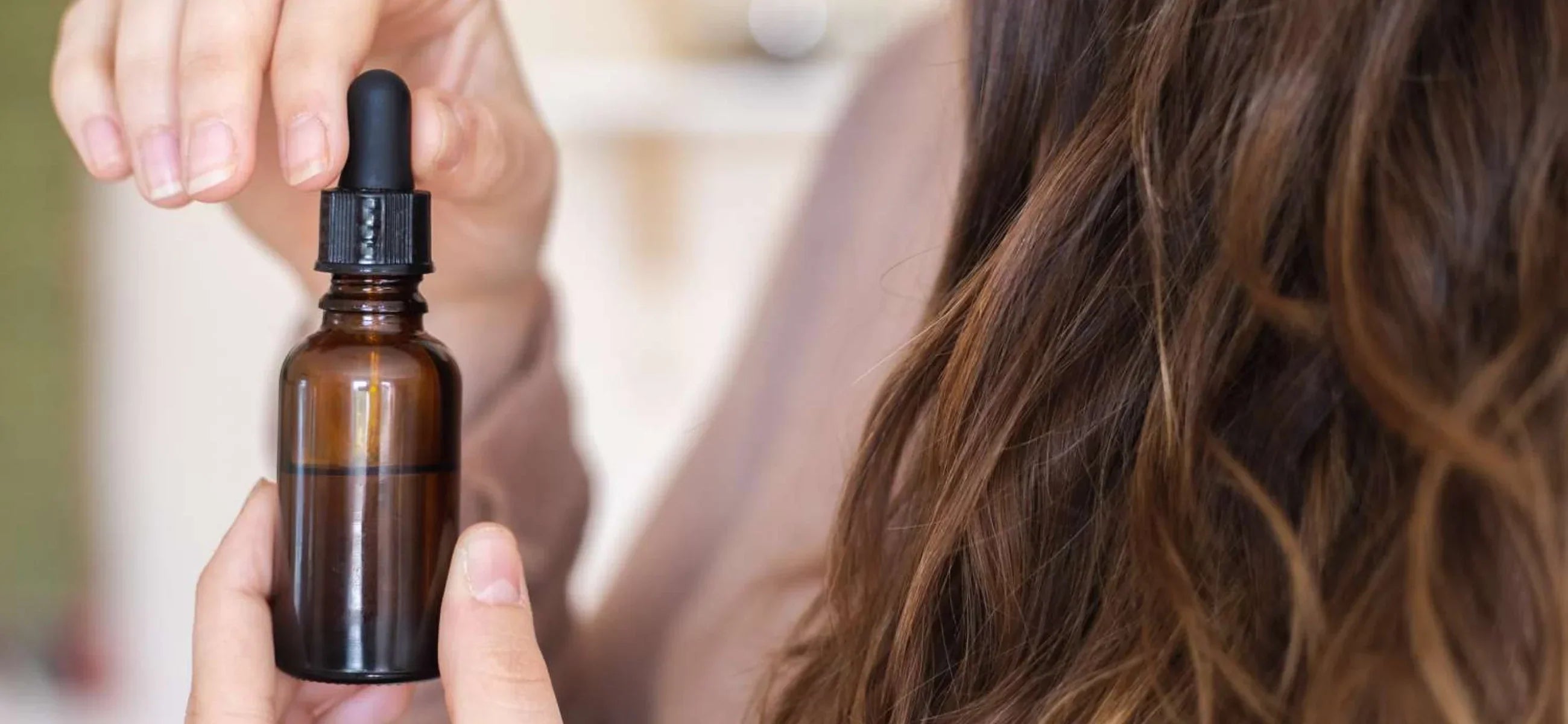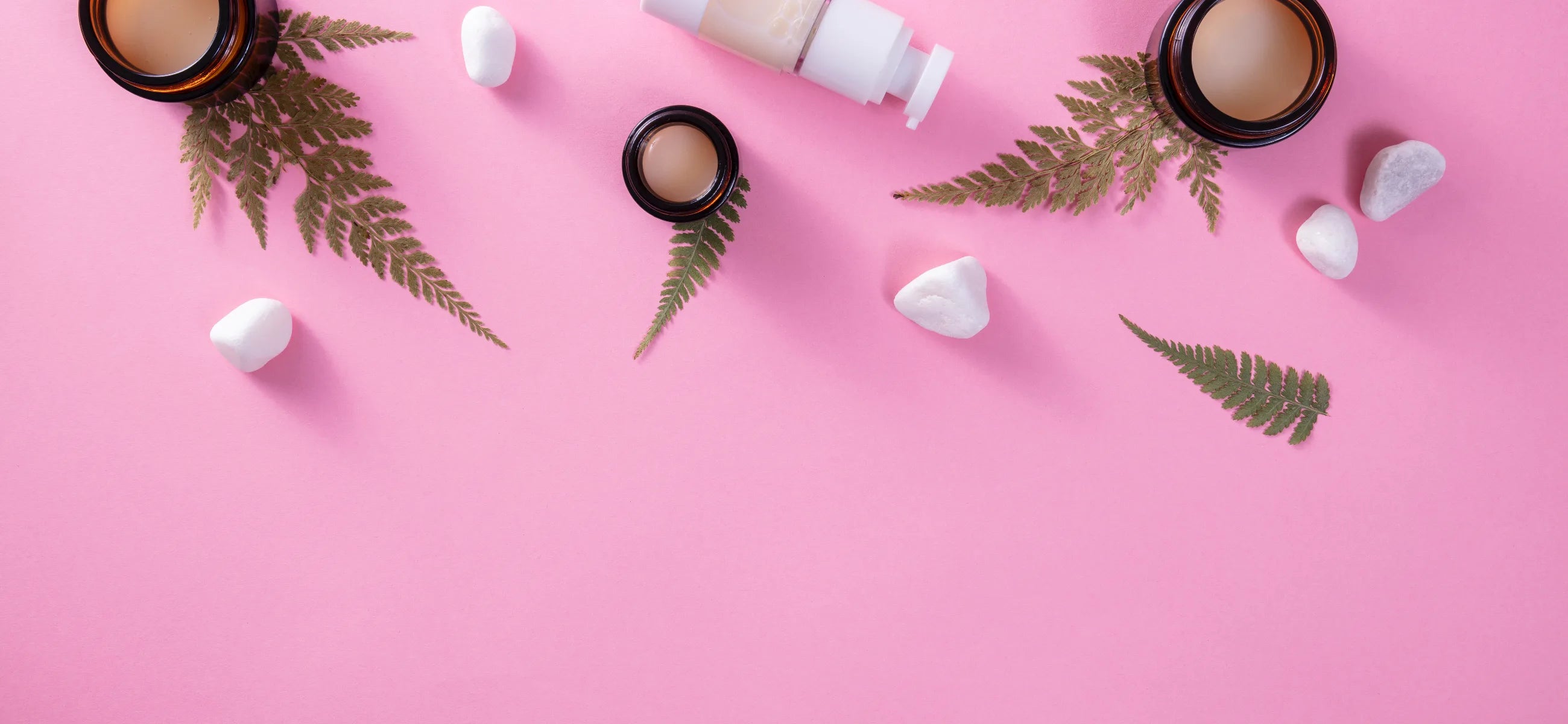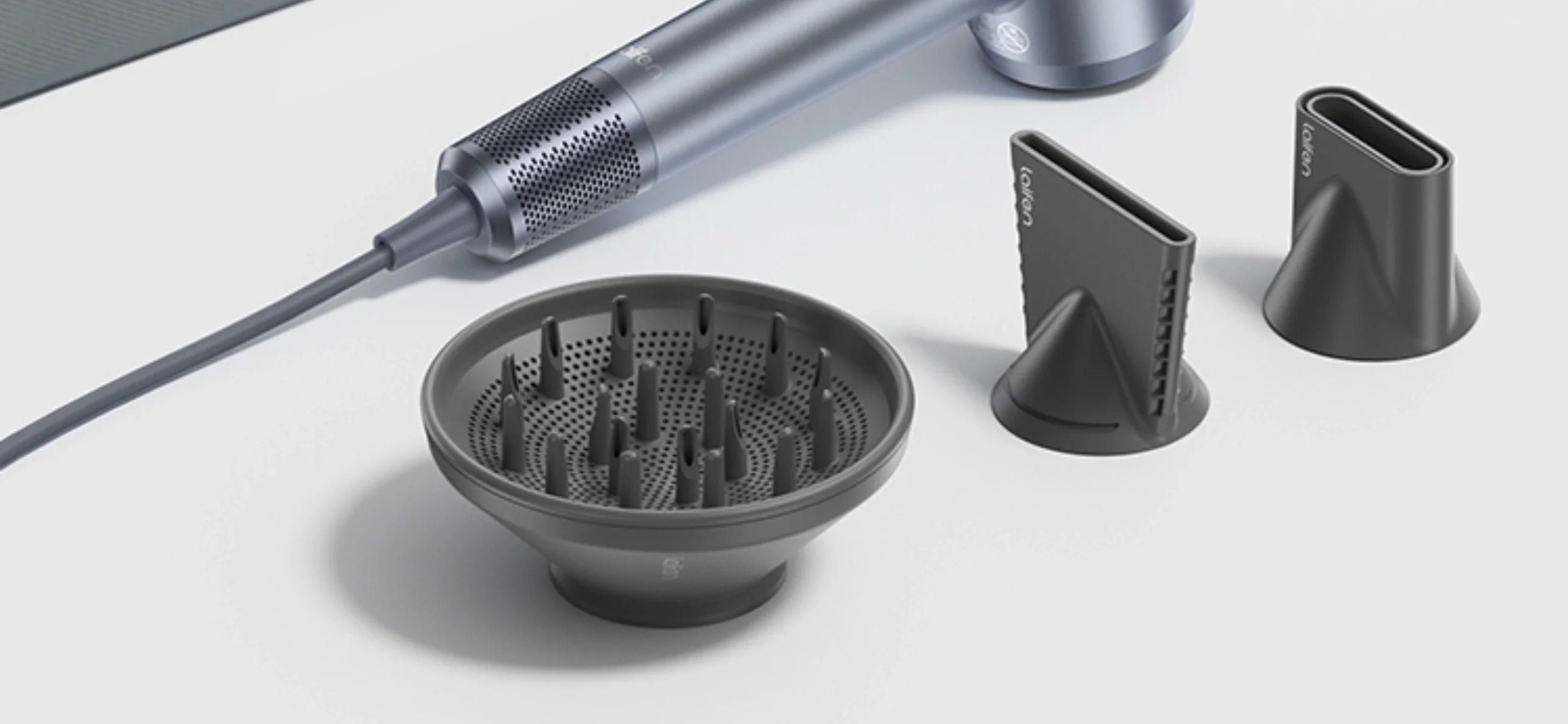
In this article
Deciding between the LOC and LCO methods for your hair care routine can feel a lot like choosing between two equally popular hairstyles: both are effective, but the right one depends on your unique hair needs.
While it may seem like a simple choice, understanding the ins and outs of these methods requires more than just a surface-level comparison. With so many factors like hair texture, porosity, and personal preference at play, it’s easy to get lost in the details.
That’s exactly why we’ve created this article: to answer the LOC vs. LCO debate in a clear, organized way that answers your most pressing questions.
What is the LOC method
The LOC method is a popular technique used to lock moisture into natural hair, especially for textured, curly, and coily hair types. LOC stands for Liquid, Oil, and Cream, and it refers to the specific order in which these products are applied to the hair.
-
Step 1: The first step is Liquid, this can be water or a leave-in conditioner, which helps to hydrate the hair. Hydrating your hair is key because moisture is the foundation of well-maintained curls.
-
Step 2: Next comes Oil, which serves to seal the moisture in and add shine. Oils like coconut, argan, or jojoba are used because they are lightweight and help retain hydration.
-
Step 3: Finally, Cream (usually a heavier styling cream or butter) is applied to lock everything in place, providing the necessary hold and ensuring that the moisture doesn't escape throughout the day.
What is the LCO method
The LCO method, much like its counterpart the LOC method, is a moisture-sealing technique designed for curly, coily, and textured hair. LCO stands for Liquid, Cream, and Oil, and it’s a simple yet effective way to lock in moisture and keep hair hydrated throughout the day.
-
In this method, you start with Liquid—just like in LOC, water or a leave-in conditioner is applied first to hydrate your strands.
-
Next comes Cream, which can be a rich styling cream or moisturizer to provide moisture and softness.
-
Finally, Oil is applied to seal everything in and protect the hair from moisture loss.
LOC vs LCO: What’s different
When it comes to choosing between the LOC and LCO methods, it can feel like a head-to-head competition between two powerful ways to hydrate and style your curls. But the key differences are all in the order of application.
|
Feature |
LOC method |
LCO method |
|
Order of application |
Liquid → Oil → Cream |
Liquid → Cream → Oil |
|
Hair type |
Medium to high-porosity hair types |
Low-porosity and finer hair types |
|
Focus |
Sealing in moisture with oil first, followed by a cream to define curls |
Using cream to provide moisture, followed by oil for sealing |
|
Texture preference |
Ideal for those who need extra moisture and definition, especially with thicker textures |
Great for those who want lightweight moisture and a natural bounce, without the heavy feeling of oils |
|
Application result |
Moisture is sealed in first by the oil, providing long-lasting hydration |
Lighter hold with more movement in curls, especially for those with finer hair |
|
Suitability |
Works best for drier, thicker, or more coarse hair that benefits from heavy oils |
Perfect for low-porosity hair or finer textures that need moisture without too much weight |
LOC vs LCO: Which method is better for your hair
Choosing between the LOC and LCO methods ultimately depends on your hair’s unique needs, and there are several important dimensions to consider when determining which one is better for you.
Hair porosity
Porosity refers to how well your hair absorbs and retains moisture.
-
LOC tends to work best for medium to high-porosity hair, which can easily absorb moisture but also has a tendency to lose it quickly.
-
LCO, on the other hand, is often more suitable for low-porosity hair, which struggles to absorb moisture and can become easily weighed down by oils. Starting with cream before oil allows the moisture to penetrate better without sealing it away too soon.
Hair thickness and density
-
LOC is ideal for thicker, coarser hair that needs extra moisture and protection. The heavier oil layer can provide the hold and hydration these hair types often require.
-
LCO is a great choice for finer, less dense hair because it allows for moisture without adding unnecessary weight. And you can maintain volume and movement in your curls.
Moisture retention
Both methods are about locking in moisture, but the strategy differs slightly.
-
LOC ensures that moisture is sealed in tightly, so it’s a better choice for those with hair that is particularly prone to dryness and breakage. The oil first approach can create a stronger moisture barrier.
-
LCO, while still highly effective and leaves a slightly more lightweight hold, which can be beneficial for people with naturally oilier scalps or hair that doesn’t require as heavy a sealant.
Product build-up
Some hair types can struggle with product build-up, especially when oils are applied too liberally.
-
LOC may cause build-up if not properly cleansed, especially for fine hair or low-porosity hair that has trouble shedding excess oils.
-
LCO can be gentler for those who are more prone to build-up, as using cream before oil often results in a lighter application overall.
Curl definition
-
LOC is often the go-to method for achieving extra definition and hold, particularly for curly or coily hair. The thicker cream and oil layers help define curls and reduce frizz.
-
LCO provides a softer, more natural curl with more flexibility. It’s excellent if you want your curls to move freely without a crunchy or overly-styled look.
Tips to care for your hair you should know
1. When it comes to drying your hair, the Laifen Swift Special fast-speed hair dryer is must-select. This dryer helps reduce frizz, seal in moisture, and leave your hair smoother and shinier, thanks to its ionic technology.

2. Conditioning mask with nourishing ingredients like shea butter or argan oil to restore moisture and strengthen your strands.
3. Washing your hair too often strips it of its natural oils. And you will encounter dryness and frizz. Aim to wash your hair 1-2 times a week, or adjust based on your hair type. Use a co-wash or a shampoo to maintain moisture while keeping your scalp clean.
4. If you style your hair with heat tools, always apply a heat protectant spray beforehand. It shields your hair from the damaging effects of styling tools like flat irons and curling wands. And then your strands is going to stay strong and shiny.


